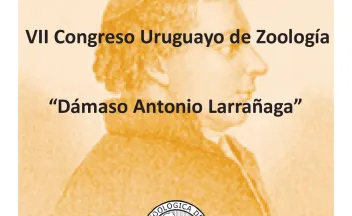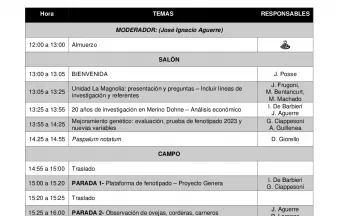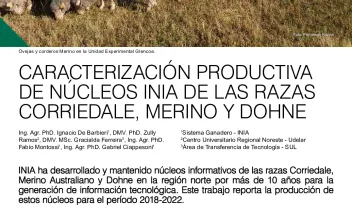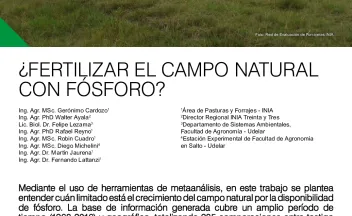Detección de Ehrlichia y Anaplasma en Subulo gouazoubira de Uruguay. [PO].

Ehrlichia y Anaplasma son géneros de bacterias Gram negativas, intracelulares obligatorias, pertenecientes al orden Rickettsiales y a la familia Anaplasmataceae. Algunas especies se caracterizan por ser patógenos de importancia en salud pública o veterinaria. Son transmitidas por vectores, siendo las garrapatas uno de los principales.






